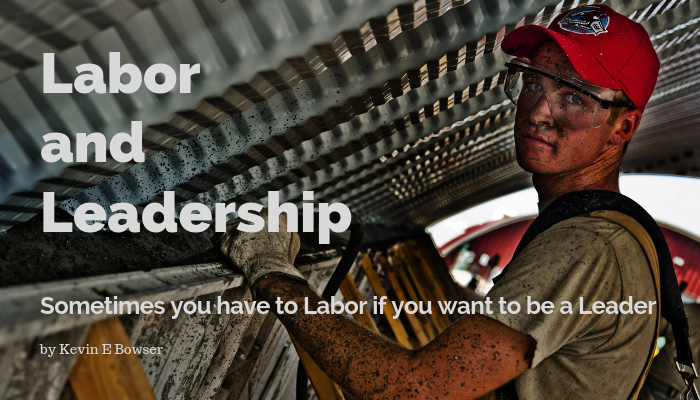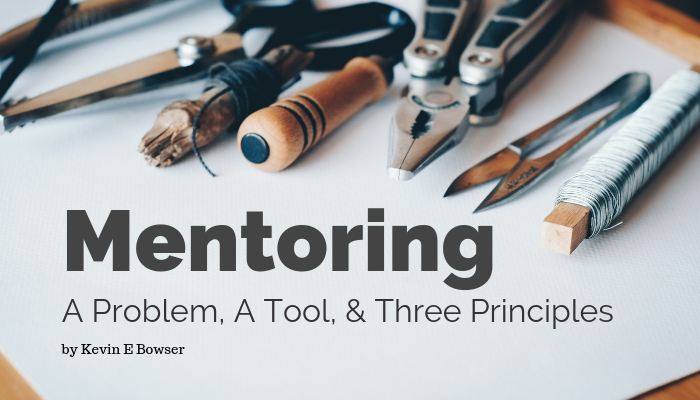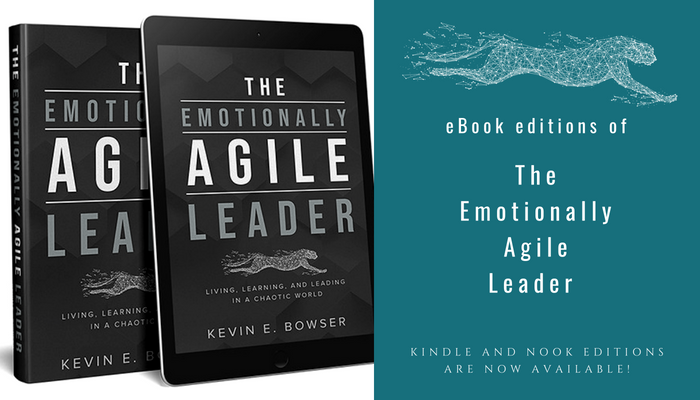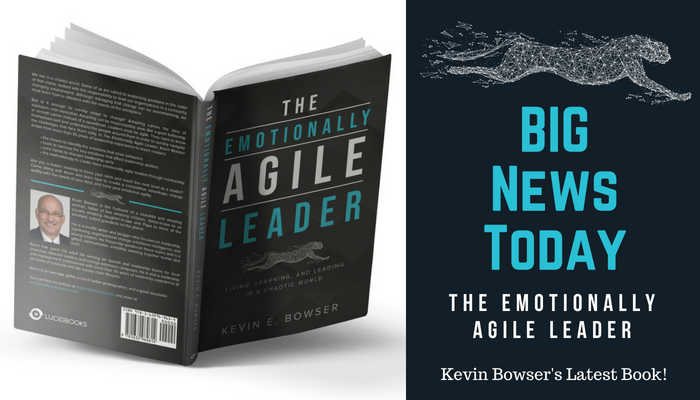As I sit here this morning and gather my thoughts, I am tired. I am feeling my age. And I am feeling the effects of the last several months. It was not full of physical labor. My work does not require the kind of heavy lifting and strenuous physical activity that many folks experience in their jobs. But, I have labored nonetheless.
In the time since my last article, I have had significant changes and lots of added responsibility at work. We have sold our old house and bought a new house and moved into a house twice the size of the old one. And I have continued to try to market the book that launched last Fall.
And so it goes. Nothing gets done without some kind of labor. So it is in that context that I want to consider whether leadership is easy, or hard, and if it requires a little labor in order to be successful.
Easy Leadership
If “easy leadership” exists, it exists in the higher echelons of an organization. It is at those levels that there are resources available to help you as a leader. There are resources like budgets and coaches and dedicated followers who receive either satisfaction or compensation based upon the success of the leader. That kind of environment would make leadership at least easier than trying to lead in many other environments where there is conflict and little or no resources to support the leader and the organization.
Hard Leadership
The last sentence of the paragraph above sort of defines “hard leadership.” Leadership is hard in an environment where there is open conflict between the leader and followers and even when there is open conflict among the followers. Leadership is hard when the challenges that an organization faces are sucking the life and energy out of the team. Leadership is hard when there are no resources for even the basic tools that are needed to achieve a goal.
Labor and Leadership
We Need to Accurately Assess Our Abilities
Although this may not seem to fall under the category of “labor,” it is nonetheless one of the hardest tasks we undertake as a leader.
Click here to read the rest of the article »





